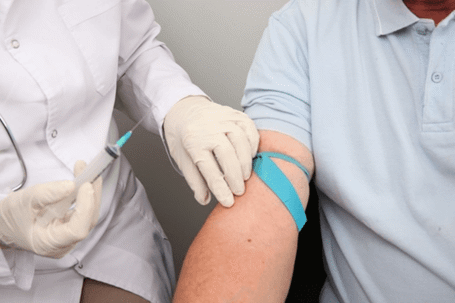As DNA is unique for every person, it is popularly used as evidence on many investigations as it paves way to proper profiling and tracking.
DNA use in forensics has come a long way since it was first developed in 1985 by geneticist Alec Jeffreys and his colleagues at the University of Leicester, and helped convict the first DNA-captured criminal Colin Pitchfork on the grounds of murder and rape by matching Pitchfork’s own fluids to the sample found in the crime scene.
This marked a booming innovation in forensic technology. Since then, it has been established as an integral procedure on many countries’ justice systems, especially the United States of America. It is widely used not just in criminal investigations, but also for other legal purposes like paternity cases.
Today, it is easy to dismiss a DNA analysis as a simple procedure for acquiring evidence, as demonstrated by numerous films and television shows. However, it is more complicated than that.
In Las Vegas, Nevada, prosecutors and defense lawyers use DNA evidence to either prove that their client did not commit the crime, or use it to overturn the opposing side.
What is a DNA?
A DNA is a molecule that exists in our bodies that is in a chain-like form. Each DNA consists of four nucleotides – Adenine, Cytosine, Thymine and Guanine – which are then enclosed within 23 chromosomes. It can be extracted from the hair, blood, sweat, bone, and other fluids from our bodies.
Unless you have a twin, the DNA is unique to every individual; thus, making it the top choice when linking a suspect to a crime because there is no chance of escape if the DNA samples were proven matched.
What is its role in investigations?
After a sample of DNA is extracted from the subject, it is analyzed per sequence in a forensic laboratory and is then compared to the DNA sample found in the crime scene. This method that is prolifically used is called Restriction Fragment Length Polymorphism.
In the event of identifying unrecognizable remains that lack specimen fit for DNA analysis, forensic scientists utilize the method called Mitochondrial DNA Analysis which examines the cell’s mitochondria itself.
The three possible results of a DNA analysis are as follows:
Inclusions
This happens when the DNA sample from the subject and the one from the crime scene matches. The subject is now inclusive as a potential source of the DNA in the sample, and cannot be excluded. However, this does not mean that the subject is convicted because more thorough investigations will follow.
Exclusions
It is an exclusion if both parties are unmatched – this removes the subject from the investigation but sometimes, additional tests are done to further prove the result.
Inconclusive results
If the samples are limited or if the tests are producing unconvincing results, it will be labelled as inconclusive.
Challenges of using DNA
Even if it is a tried and tested form of obtaining evidence, DNA analysis still comes with its shortcomings. Here are some of the factors that defense lawyers in Las Vegas bring up to question the integrity of a DNA evidence:
Procedure
Were the samples collected properly? Was the process used adhering to the law? Some will even scrutinize if everything that happened in the laboratory underwent standard procedures.
Credibility
Were the people who handled the samples trustworthy? How credible are the analysts? What if they mixed and planted samples?
Material
Were the containers used to store the samples made from quality material? Were the equipment used untapped?
Contamination
Many will question the sanitation of the procedure and even argue that some samples might have been contaminated during its collection or analysis.
With the rapid advancement of technology, it is not far-fetched to think of a new revolution in criminal investigation that might just be waiting around the corner. For more criminal investigation queries, seek the help of trusted defense attorney in Las Vegas now!

